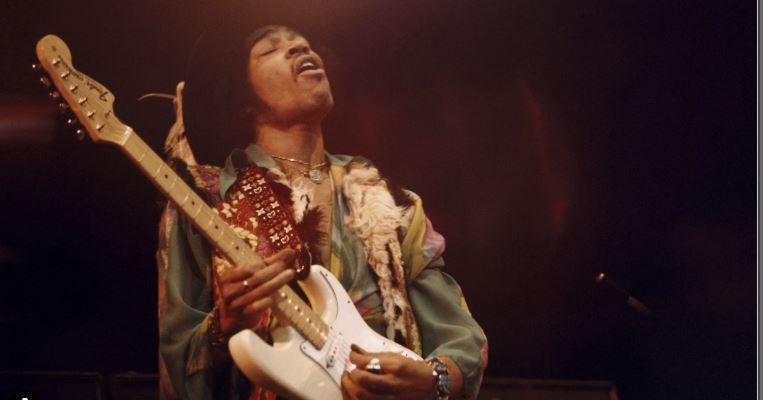
Rock music, known for its rebellious spirit and dynamic sound, often incorporates improvisation to create spontaneous and unique performances. This improvisational element has roots in jazz and blues and has significantly influenced the way rock music is played and appreciated. In this post, we explore the various ways rock music incorporates improvisation, examining its impact on live performances, recordings, and the overall creative process.

Roots in Jazz and Blues
Firstly, the roots of rock improvisation can be traced back to jazz and blues, genres that heavily rely on spontaneous musical creation. Early rock musicians drew inspiration from jazz and blues improvisation techniques, incorporating these elements into their performances. Guitarists like Chuck Berry and Jimi Hendrix, for example, brought a bluesy improvisational style to their rock solos, blending structured melodies with impromptu riffs. This blend of planned and spontaneous playing laid the foundation for improvisation in rock music.
Live Performances and Extended Solos
Moreover, live performances provide a prime opportunity for rock musicians to showcase their improvisational skills. Extended guitar solos, drum solos, and jam sessions are common features in rock concerts, allowing musicians to express themselves freely and interact with their bandmates and audience in real-time. Legendary rock bands like The Grateful Dead and Led Zeppelin were known for their improvisational prowess during live shows. Songs like “Dark Star” and “Dazed and Confused” often featured extended instrumental sections where the musicians would explore new musical ideas on the spot, making each performance unique.
Studio Recordings and Creative Exploration
Additionally, improvisation plays a crucial role in the recording studio, where rock musicians experiment with different sounds and ideas. Many iconic rock albums feature tracks that evolved from jam sessions and spontaneous musical exploration. The Rolling Stones’ “Sympathy for the Devil” and Pink Floyd’s “Shine On You Crazy Diamond” are prime examples of songs that began as improvised jams and were later refined into studio masterpieces. This process allows musicians to capture the raw energy and creativity of improvisation while crafting polished recordings.
Influence of Psychedelic Rock
Furthermore, psychedelic rock, a subgenre that emerged in the 1960s, heavily emphasizes improvisation. Bands like The Doors, Jefferson Airplane, and The Jimi Hendrix Experience embraced extended improvisational sections in their music, creating a sense of unpredictability and freedom. Psychedelic rock’s emphasis on experimentation and sonic exploration encouraged musicians to push the boundaries of conventional rock structures, resulting in innovative and often surreal soundscapes. The use of improvisation in psychedelic rock not only enhanced live performances but also influenced the genre’s distinctive studio recordings.
Progressive Rock and Technical Mastery
Moreover, progressive rock, known for its complex compositions and technical mastery, incorporates improvisation to add depth and variation to its music. Bands like Yes, King Crimson, and Genesis often blend intricate written sections with improvised passages, showcasing their musicians’ virtuosity and creativity. The interplay between structured and improvised elements in progressive rock creates a dynamic listening experience, keeping audiences engaged and intrigued. Songs like “Roundabout” and “21st Century Schizoid Man” demonstrate the seamless integration of improvisation within sophisticated musical frameworks.
Jazz-Rock Fusion
Additionally, the fusion of jazz and rock in the late 1960s and 1970s further emphasized improvisation. Jazz-rock fusion bands like Mahavishnu Orchestra, Weather Report, and Herbie Hancock’s Headhunters combined the improvisational freedom of jazz with the energy and drive of rock. This genre blend allowed musicians to explore complex harmonies, rhythms, and extended solos, creating a rich and innovative sound. The improvisational approach in jazz-rock fusion has influenced many rock musicians, inspiring them to incorporate jazz elements into their playing.
Conclusion
In conclusion, improvisation is a fundamental aspect of rock music, contributing to its dynamic and ever-evolving nature. From the early influences of jazz and blues to the experimental sounds of psychedelic and progressive rock, improvisation has shaped the genre in countless ways. Whether in live performances, studio recordings, or modern interpretations, the spontaneous creativity of rock musicians continues to captivate audiences and push the boundaries of musical expression.






